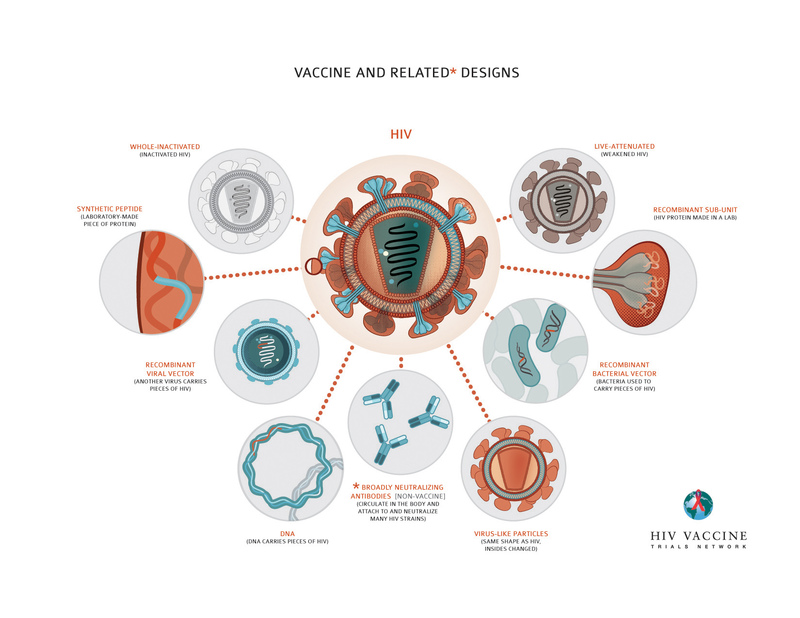Valerie Jaroenpuntaruk’s Updates
Subunit, Conjugate and Synthetic vaccines
Many types of vaccines work to provide active acquired immunity to combat disease-causing microorganism. The basis for vaccine is to prepare and predispose the immune system in order to recognize foreign substances that invade the body leading to various types of diseases. Two broad categories of vaccines are preventive and therapeutic vaccines that are designed to prevent an infection and remove the infection in infected individuals respectively. Generally, vaccines are derived from microorganism in an inactive (killed) form; thus, their structures resemble biological and chemical organizations of the microbes. This stimulates the immune system’s response to destroy the agent and generate the immunologic memory; therefore, prepping for the rapid response for the later encounters.
In the subunit vaccines, rather than using attenuated vaccines (inactivated micro-organism) or “whole-agent” vaccine, protein subunit is introduced. Some examples include the viral surface proteins of Hepatitis B virus, viral capsid protein against human pillomavirus (HPV), and the hemagglutinin and neuraminidase subunits from the influenza virus. Some pros of this method are simplification of the vaccine formulation, improved safety profiles, and optimization of extensive vaccine components and characterizations. Because this approach comes with compromised immunity, addition of components and adjuvants can be complemented to customize and optimize the delivery and targeting of specific cells to achieve higher efficacy.
Conjugate vaccines employ the advantage of T cell-dependent B cell response by covalently linking the protein carrier to, commonly, the polysaccharide units, thereby, creating stronger immunological signals, vigorous response, and long-lasting immunologic memory. In this case, the peptide attached can be presented on the MHC molecule and activate the T cell, thus, enhancing host defenses and creating longer protection. This mechanism is not possible for polysaccharides as MHC can only bind peptide, therefore, polysaccharide subunits along can’t be loaded into the antigen presenting cells (APC). Three most common causes of bacterial meningitis protected by polysaccharide capsule are Neisseria meningitides (the memingococcus), Streptococcus pneumonia (the pneumococcus), and Haemophilus influenza type b (Hib), which are leading causes of deaths in children.
Recent advances in research increasingly focus on the alternative approach or synthetic vaccines. The main components of vaccines are synthetic peptides, carbohydrates, or antigens. The advantages of this approach are mass production and decreased risk of mutation, contaminations, and unpredicted side effects. Some examples include vaccine for diphtheria in 1982 and malaria (SPf66) in 1986. The challenge of this method is the determination of three-dimensional in vivo structures of the sequence of amino acids. This makes the modeling of these structures necessary in order to experimentally generate well-defined antigenic site and precise regulatory control.
Sources
https://en.wikipedia.org/wiki/Vaccine#Types
https://www.ncbi.nlm.nih.gov/pubmed/23316023
http://vaccine-safety-training.org/about-conjugate-vaccines.html
http://www.who.int/biologicals/vaccines/synthetic_peptide_vaccines/en/
http://www.hvtn.org/en/science/hiv-vaccine-basics/types-vaccines.html



A great synopsis of the major vaccine types. I hope the concept of conjugate vaccines sounded familiar.